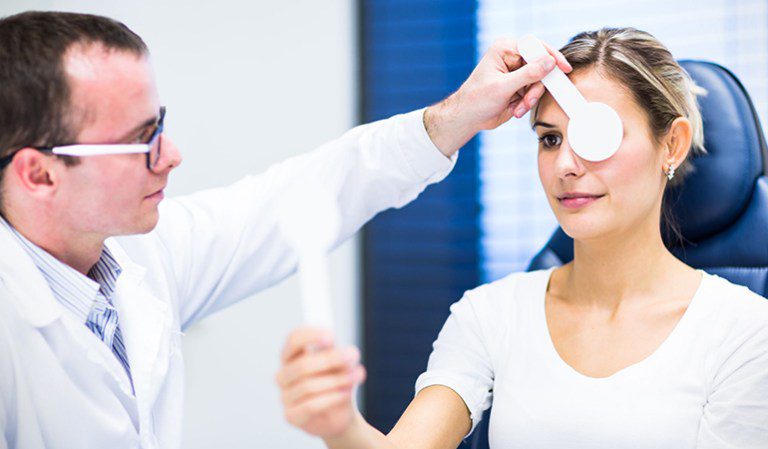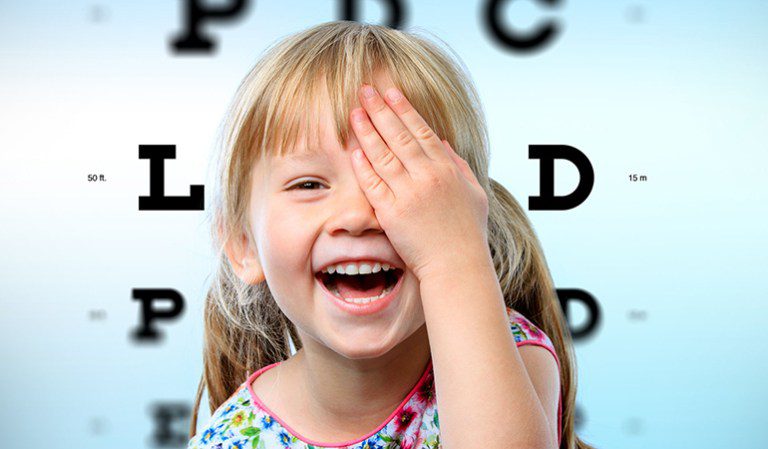What Is The Meaning Behind 20/30 Vision – Is It Good Or Bad?
Vision plays an integral role in how we perceive the world around us. Except while sleeping, our eyesight is involved in almost every activity we carry out. It wouldn’t be wrong to say that having a correct vision is indispensable for leading quality lives.

There are more than 250 million people with some form of visual impairment. These impairments often result from undiagnosed and untreated refractive errors like short-sightedness, far-sightedness, or astigmatism which cause a significant portion (more than 50%) of these cases.
Meaning Of 20/20 Or Normal Vision

When an optometrist or ophthalmologist tests your vision, they will write down the results on a prescription. If it’s 20/20, you should be happy that you have normal eyesight with appropriate clarity and sharpness. This reading is taken when looking at Snellen’s chart from a distance of 20 feet away.
Significance Of 20/30 Vision In Adults

20/30 vision means that a person with this level of eyesight needs to be 20 feet away from an object in order to view it clearly, while somebody with normal sight could do the same at 30ft.
According to a study, only 35% of adults have 20/20 vision without any correction. 75% can see better with glasses, contact lenses, or surgery. 25%, however, find it hard to see even after corrective measures- this is called impaired eyesight and you are not the only one experiencing these difficulties in life!
If you are able to perform your daily activities with 20/30 vision, then glasses might not be necessary. However, if you experience eye strain and headaches on a regular basis as well as blurry or double vision when looking at objects up close, it’s time you should meet an eye specialist and get contact lenses or glasses.
20/30 Vision In Children

At birth, a baby’s eyesight is far from perfect–it doesn’t even have the ability to see distant objects clearly. By 1 year old, it has improved slightly and can now focus on nearby objects with slight clarity. At 3 years old, their vision should be at least 20/40 (20 feet away they are able to read what someone wearing glasses could read 40 feet away). Around 5 years of age through their vision will reach their peak at about 20/30 (roughly equal in both nearsightedness and farsightedness).
Glasses may not be necessary for many children with poor vision. If the child’s eyes don’t self-correct by age 7 or 8, glasses will likely need to be prescribed.
Ways To Prevent Vision-Related Problems

Mindful practices for nourishing your eyes from within can prevent the development of most vision problems.
1. A diet high in carotenoids is key to maintaining excellent eyesight during childhood and into adulthood. Carotenoids can be found mostly in green leafy vegetables, brightly colored fruits like oranges or strawberries, and other colorful veggies (e.g., carrots). Encouraging children as young as possible to eat a lot of these foods will go far towards ensuring that they develop a healthy vision.
2. Excessive screen time for children and adults can lead to eye strain, which is why experts recommend restricting exposure.
3. While watching the TV, you should be at a distance of 9 feet in an adequately lit room.
4. Outdoor play and fitness activities should never be skipped.
5. No matter what your age is, it’s important that you wear protective gear while swimming or engaging in active sports.
At least once a year, visit your ophthalmologist to monitor any refractive errors you might have. Without enough vision acuity, it’s hard to enjoy life in all its beauty!
If you know someone who might like this, please click “Share”!


